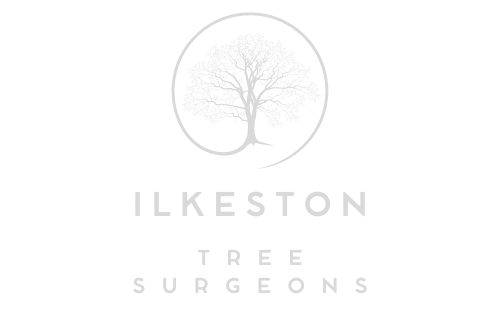Cherry Blossom Trees: Cultivation, Pruning, and History
Introduction: Cherry blossom trees, known for their ethereal beauty and delicate blooms, have captured people’s hearts worldwide. These ornamental trees are cherished for their aesthetic appeal and hold a rich cultural and historical significance. At Ilkeston Tree Surgeons, understanding cherry blossom trees’ cultivation, pruning, and history can deepen our appreciation for these magnificent specimens. In this blog post, we’ll explore the enchanting world of cherry blossoms.
Cultivation of Cherry Blossom Trees
Cherry blossom trees, or sakura trees, belong to the Prunus genus. Here are some key considerations for successfully cultivating these enchanting trees:
Location: Choose a sunny location with well-drained soil. Cherry blossom trees thrive in full sunlight; good drainage is crucial to prevent root rot.
Soil Preparation: Prepare the soil by amending it with organic matter to improve its fertility and water retention. Ensure proper pH levels, which should be slightly acidic.
Planting: Plant young cherry blossom trees in the spring or fall. Dig a hole slightly wider than the root ball, and water thoroughly after planting.
Watering: Cherry blossom trees need consistent moisture, especially during the first few years. Water deeply and mulch around the base to retain moisture and suppress weeds.
Fertilisation: Apply a balanced, slow-release fertiliser in the spring to promote healthy growth. Avoid excessive nitrogen, which can lead to excessive foliage at the expense of flowers.
Pruning Cherry Blossom Trees
Pruning cherry blossom trees is essential to maintain their shape and maximise flowering. Here are some pruning tips:
Timing: Prune cherry blossom trees in late winter or early spring before new growth begins. Avoid pruning in the fall, as it can lead to reduced flowering.
Remove Dead or Diseased Branches: Start by removing any dead, diseased, or damaged branches to improve overall tree health.
Thinning: Thin out crowded branches to allow more sunlight and air circulation. This encourages the development of strong, healthy blooms.
Heading Back: Head back to the longer branches to maintain a balanced shape and encourage lateral growth. Be cautious not to over-prune, as it can reduce flowering potential.
The Rich History of Cherry Blossom Trees
Cherry blossom trees have a profound cultural and historical significance, particularly in Japan, where they are a national symbol. The tradition of hanami, or cherry blossom viewing, dates back over a thousand years and represents the fleeting beauty of life. In 1912, Japan gifted thousands of cherry blossom trees to the United States, which now line the Tidal Basin in Washington, D.C., becoming an enduring symbol of friendship between the two nations.
Conclusion: Cherry blossom trees are more than just ornamental trees; they are living works of art that inspire awe and admiration. By understanding their cultivation, proper pruning techniques, and rich history, we can cultivate a deeper appreciation for these magnificent trees. At Ilkeston Tree Surgeons, we are dedicated to preserving and enhancing the health of cherry blossom trees and all types of trees in our community. Together, we can continue to celebrate cherry blossoms’ enduring beauty and cultural significance for generations to come.
Call us on: 0115 647 1166
Click here to find out more about Ilkeston Tree Surgeons
Click here to complete our contact form and see how we can help with your tree’s needs.

